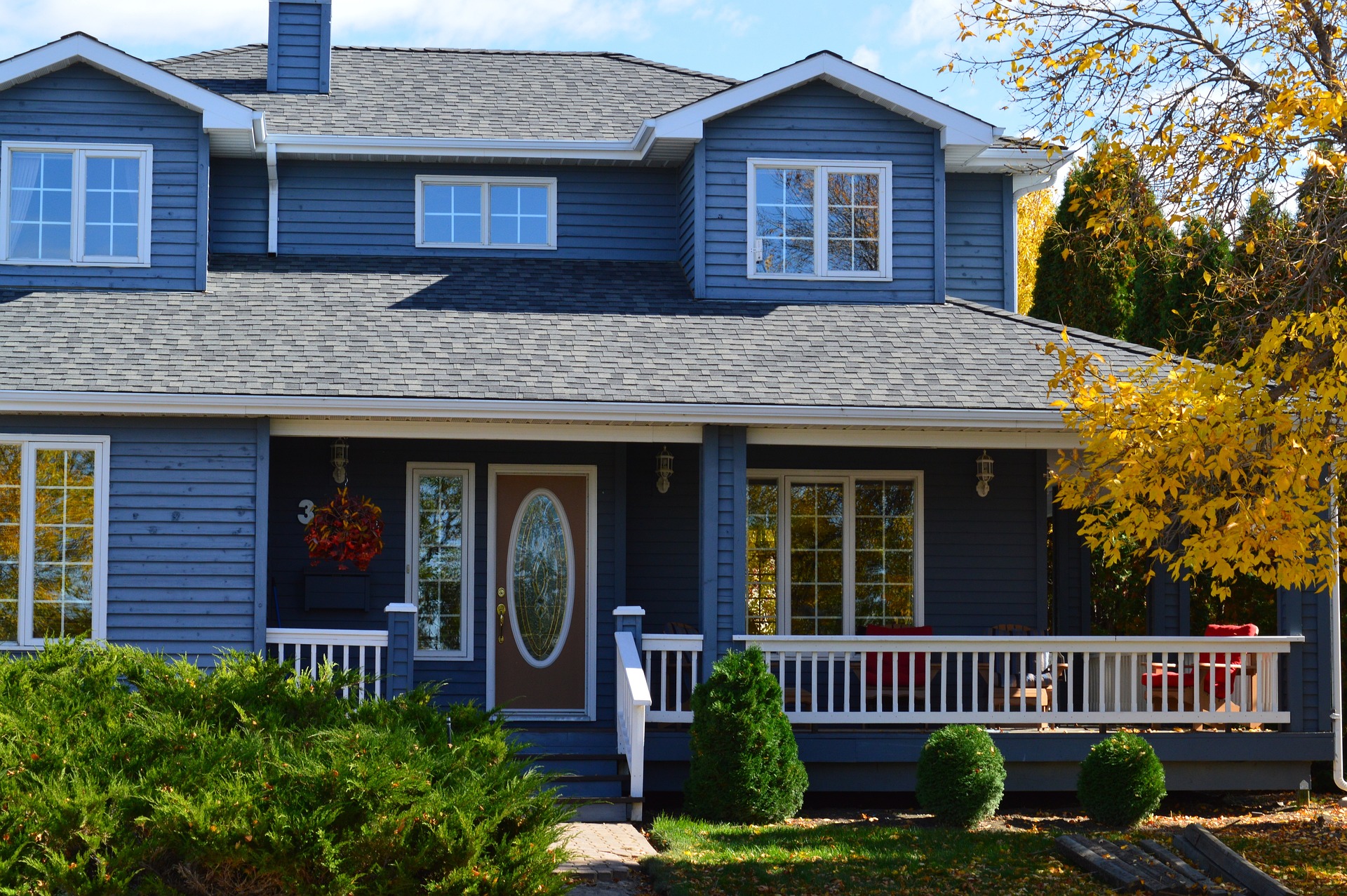Decoding Home Worth: Practical Guide to Property Value
Home value is more than a sticker price — it reflects market trends, property features, and strategic improvements. This comprehensive guide explains how market conditions, physical characteristics, valuation methods, and renovations shape property worth. Learn how to assess your home's value and make smarter real estate choices.

Reading Market Dynamics and Timing
Home values move with larger economic forces: supply and demand, interest rates, employment trends, and regional development all shape pricing. In a seller’s market—when inventory is tight and buyer demand is strong—prices tend to climb as buyers compete. When supply outpaces demand, a buyer’s market can push prices down or stabilize them. Seasonal patterns and local events (new employers moving in, zoning changes, or infrastructure projects) also influence short-term shifts. Monitoring these indicators helps homeowners pick the best time to sell, refinance, or invest in upgrades.
Property Features That Drive Value
The physical attributes of a house are fundamental to its valuation. Key components include living area, number of bedrooms and bathrooms, lot size, and the overall upkeep of the structure. Layout and functionality—open floor plans, updated kitchens, and additional living spaces—tend to be attractive to buyers and can boost marketability. Energy-efficient systems, modern heating and cooling, and integrated smart-home features are increasingly influential. Conversely, signs of neglect—water damage, outdated systems, or structural issues—usually reduce buyer confidence and therefore price.
Approaches to Estimating Home Value
There are several common methods for determining how much a property is worth, each with pros and cons:
-
Professional appraisal: An appraiser inspects the home, compares recent comparable sales, evaluates condition, and accounts for local market trends to produce a formal valuation. This is often required by lenders for mortgage transactions and is generally the most reliable single estimate.
-
Comparative Market Analysis (CMA): Performed by real estate agents, a CMA looks at similar properties recently sold in the area to suggest a competitive listing price. It’s practical for pricing decisions but can vary depending on the agent’s judgment.
-
Automated Valuation Models (AVMs): Online tools and algorithms provide quick estimates using public data and recent sales. AVMs are convenient, but they might miss unique property features, recent renovations, or local market nuances.
Combining insights from these sources—an appraisal for accuracy, a CMA for local context, and AVMs for a quick benchmark—offers a balanced perspective.
How Renovations and Upgrades Affect Value
Not every improvement delivers the same return. Some projects increase appeal and resale value more reliably than others. Consider typical ranges for common upgrades:
| Improvement Type | Average Cost | Typical Value Recovery |
|---|---|---|
| Kitchen Remodel | $25,000-$65,000 | 60-80% |
| Bathroom Remodel | $10,000-$35,000 | 60-75% |
| New Roof | $8,000-$20,000 | 85-100% |
| Window Replacement | $10,000-$20,000 | 70-80% |
Prices, rates, or cost estimates mentioned in this article are based on the latest available information but may change over time. Independent research is advised before making financial decisions.
High-impact, lower-maintenance improvements—like replacing a roof, updating windows, or improving curb appeal—often offer strong returns. Cosmetic or highly personalized renovations can enhance livability for current owners but might not increase broad market value proportionally. When planning projects, weigh the cost, local buyer preferences, and the expected recovery percentage to prioritize investments that most improve resale potential.
Preserving and Growing Long-Term Value
Maintaining a home’s worth requires consistent care and smart, targeted improvements. Regular maintenance—roof inspections, HVAC servicing, pest control, and addressing water infiltration—prevents small problems from becoming costly repairs that erode value. Keep records of maintenance and upgrades; documented improvements can support a higher price at sale time.
Stay informed about local planning and development. New schools, transit, or commercial projects can raise property values, while unwanted zoning changes or infrastructure issues may reduce desirability. Neighborhood comparables and trends are as important as the condition of your own property.
Practical Steps for Homeowners
- Track comparable sales in your neighborhood to understand local pricing trends.
- Request a professional appraisal if you need a precise figure for refinancing or listing.
- Use AVMs for a quick snapshot, but validate with local data and expert input.
- Prioritize maintenance and high-return improvements—roofing, windows, and efficient systems—before costly personalizations.
- Keep documentation for all updates, warranties, and inspections to present to prospective buyers or lenders.
Understanding what shapes home value empowers owners to make better decisions—whether selling, refinancing, or upgrading. By combining awareness of market conditions, attention to physical characteristics, informed use of valuation tools, and careful planning of improvements, you can protect and potentially boost the worth of your property over time.






